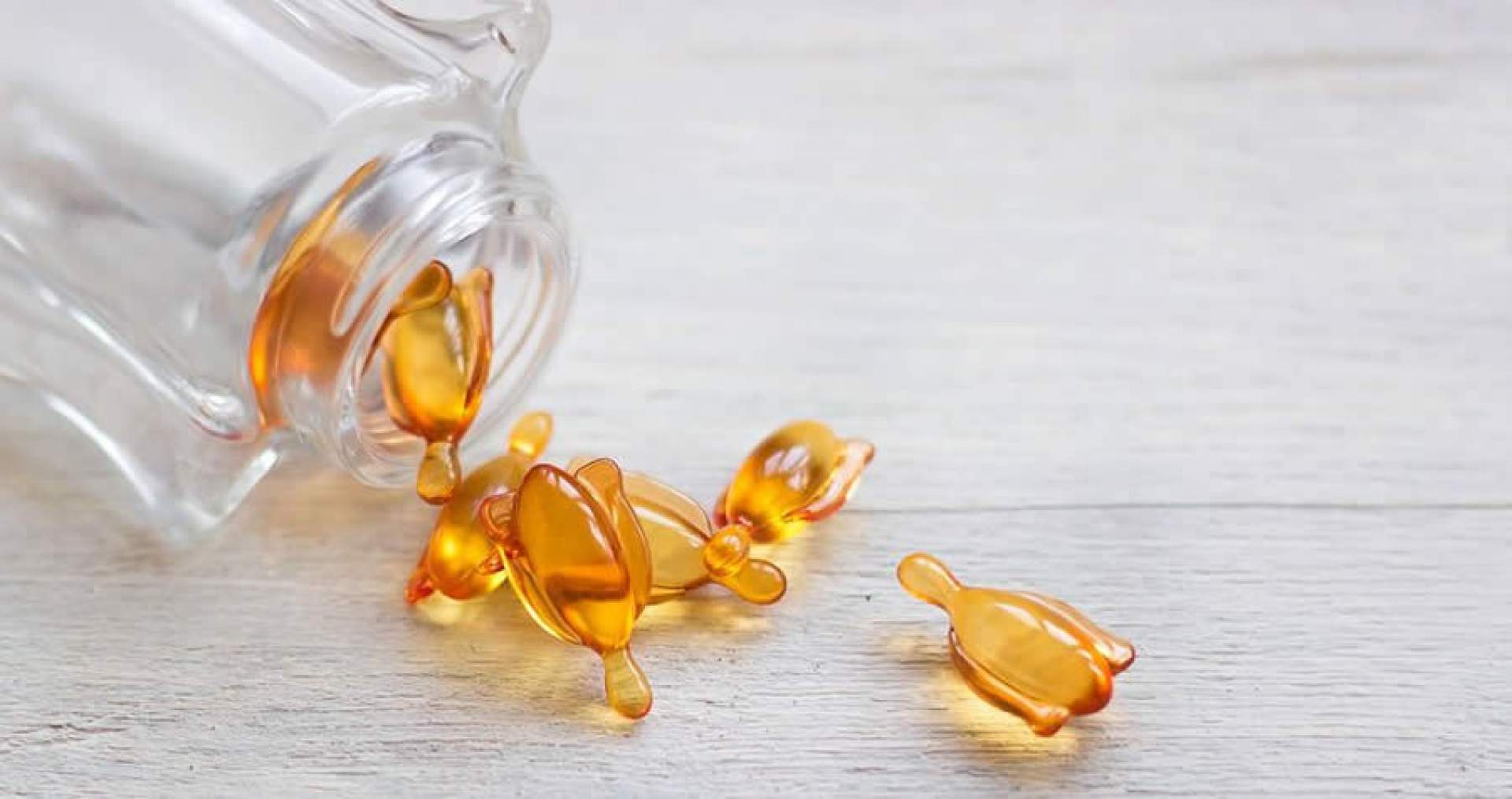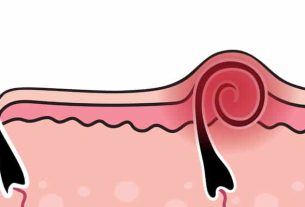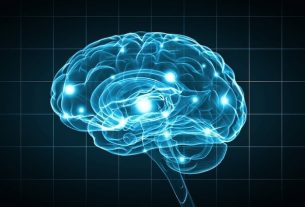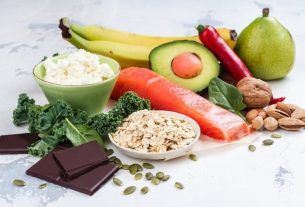Collagen is a protein produced by the body that is essential for the functioning of the body, and which even helps prevent aging.
When it comes to preventing aging, beauty and health treatments, collagen is always mentioned. And not by chance, since this protein produced in our own organism produces essential substances for the proper functioning of our body. To give you an idea, about a third of all the protein in our body is collagen.
However, collagen’s main claim to fame is that it works to prevent premature aging. In fact, protein provides firmness to the skin and has anti-aging effects. But, more than that, collagen is fundamental, mainly for bones and cartilage and has several other functions and benefits for our body.
However, over the years the production of this protein decreases and it is then necessary to replace the lack in other ways, whether with food or supplementation. There are at least 12 types of collagen, each with a function for the body.
Therefore, today we will learn more about collagen, how this protein works in the body, why it is so necessary, the benefits and myths about it.
What is collagen?
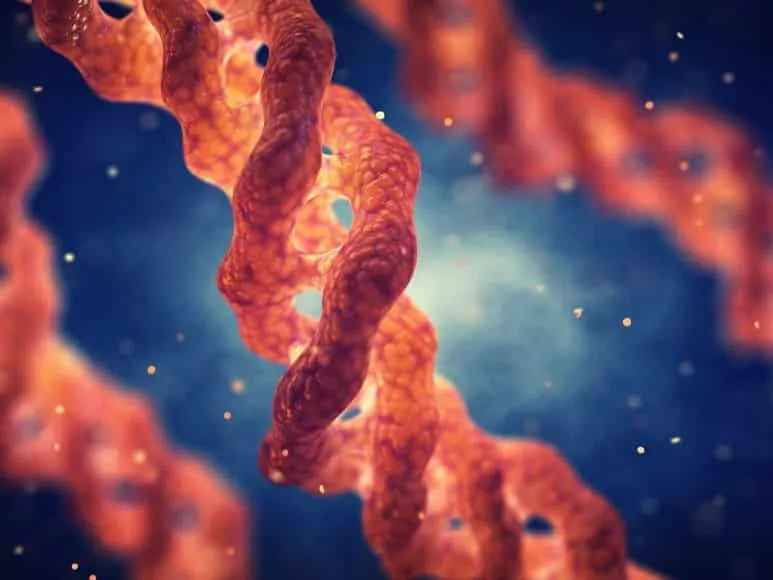
It is a protein made up of 3 thousand amino acids found naturally in our body. It is arranged in three linked molecular chains, which create a kind of flexible and robust triple helix.
Collagen has several functions, such as contributing to skin elasticity and resistance, which is why it is often linked to the prevention of premature aging. It is very important for the health of nails and hair, explaining why it is present in the formula of a multitude of cosmetic products. And last but not least, it is responsible for constituting the fibers that support the various tissues of the body, such as bones, muscles, tendons and joints.
Therefore, each of the functions of this protein is characterized by different types of collagen, all of which are part of our body. Such as type I collagen that makes up tendons and type X, XI and XII collagen that contribute to the formation of cartilage.
Hydrolyzed collagen
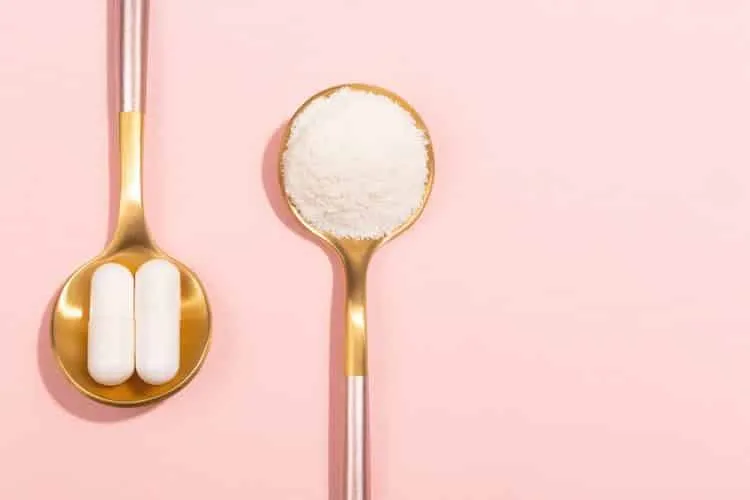
In addition to the collagen naturally produced by our body, there is also hydrolyzed collagen, the one found in pharmacies and supermarkets. Also known by the acronym HC, hydrolyzed collagen is one of the most consumed and recommended in the case of supplementation. It is made up of more than 20 types of amino acids, minerals and vitamins.
In this case, protein goes through a chemical process called hydrolysis, which is nothing more than the breakdown of substances with the loss of water. Therefore, unlike natural collagen, the hydrolyzate contains broken protein molecules, which provides better absorption by the body, maintaining all its beneficial properties.
Hydrolyzed collagen is a food supplement obtained from bovine bones and cartilage, available in capsules or powder. Therefore, it can be consumed in various ways, with drinks or with a meal, depending on the recommendations of a specialist.
What is collagen used for?

As previously stated, collagen is a protein produced naturally in our body. However, for various reasons there may be a reduction in production. And a lack of collagen can trigger several health problems.
The main ones are related to bones, joints, cartilage, ligaments and tendons. Therefore, replacement is necessary to avoid wear on these parts and also inflammation. Therefore, collagen is very important for the proper functioning of these areas, as well as their best performance.
But, in addition, collagen is also responsible for promoting more elasticity and resistance to the skin, leaving it more beautiful, firmer and with fewer wrinkles. For this reason, it is so widespread that collagen is a great agent against premature aging.
Does collagen work against aging?
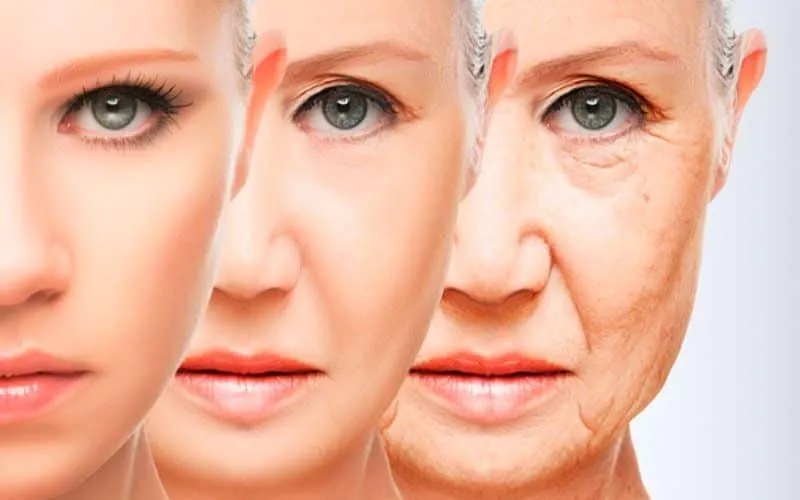
This is certainly one of the biggest doubts for those who use collagen supplementation. First of all, you need to understand that time passes for everyone, and that everyone will grow old. But there are ways to make this take longer or be slower, and collagen contributes to this.
Imagine a 20-year-old person and a 70-year-old person. Obviously the amount of collagen in the skin will be very different, and the epithelial tissue will be completely different. Despite being naturally produced in our body, over time production is reduced, contributing to the appearance of expression lines and sagging skin.
From the age of 30, the body starts to produce less collagen, and its lack begins to be noticed, both in the skin and in mobility. The decrease is gradual, but it is still important to look for other ways to replace the quantity that is no longer produced. Not only for aesthetic reasons to prevent aging, but also due to its essential role in the proper functioning of the body in general.
So, in general, collagen has the important function of reducing and delaying the signs of skin aging, as well as preventing and treating osteoporosis and osteoarthritis.
Main types
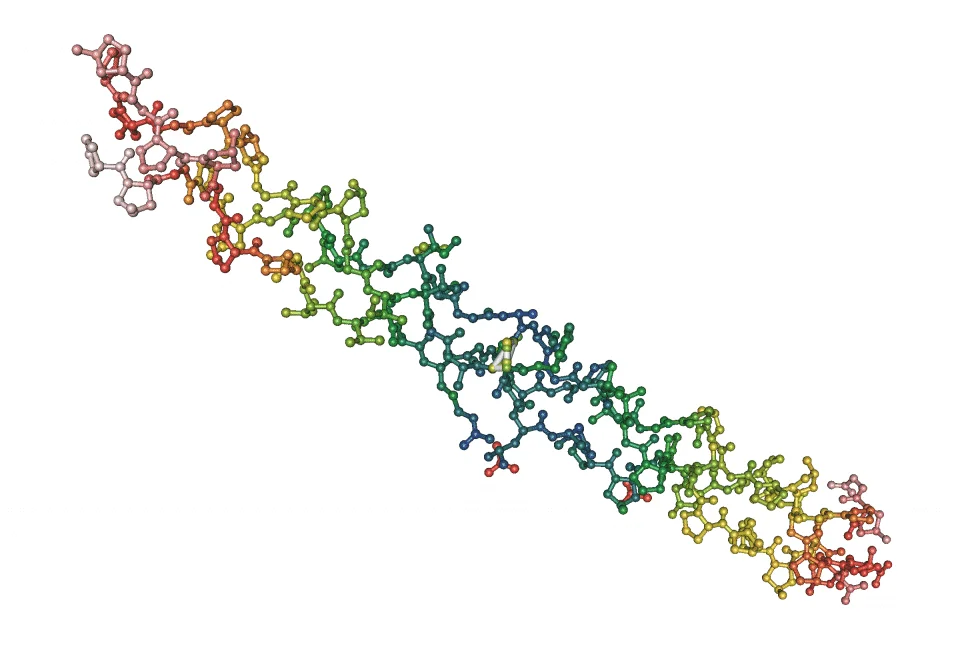
As mentioned above, there are at least twelve different types of collagen, and we will learn about each of them below:
- I – It is the most common type, found mainly in cartilage, tendons, bones, dermis and cornea.
- II – In terms of structure, it is not possible to differentiate it from type 1, as it can also be found in the same areas. However, its synthesis takes place in chondrocytes and does not produce bundles.
- III – Present in smooth muscle and loose connective tissue, which constitutes reticular fibers. It is also found in the endoneurium, artery, lungs, uterus, liver, hematopoietic organs and muscles of the intestine.
- IV – It is found mainly in the basal lamina, kidneys, glomeruli and in the lens of the lens capsule. Its main function is filtration and support.
- V – Linked to type 1 because it is also present in regions that receive a lot of tension, type 5 is responsible for elasticity and resistance.
- VI – Its highest concentration is in connective tissues, found in the most intimate layer of the placenta, in the blood, skin and also in the intervertebral discs.
- VII – Present in chorioamniotic membranes and cells, placenta and dermo-epithelial junction.
- VIII – Located in the cells of the endothelium, the membrane that lines the inside of blood vessels.
- IX – Also related to type 2 collagen, type 9 is found in the retina, corneas and cartilage, therefore, the protein component of the organs.
- X – It is located in the zone of hypertrophic cartilage, a region where the chondrocytes are larger and have more cytoplasm in glycogen.
- XI – Found mainly in intervertebral discs, interacting with types two and 12.
- XII – Linked to types 1 and 3, type 12 collagen is found in areas that tend to receive a lot of pressure and tension, such as ligaments and tendons.
Benefits

As seen so far, collagen is very important for the proper functioning of the body, bringing benefits such as:
- Helps in the treatment of osteoporosis and osteoarthritis;
- Protects joints against wear and inflammation;
- Maintenance of the structure of cartilage, ligaments and tendons;
- Strengthens and improves the appearance of hair and nails;
- Improves the appearance of the skin, providing more firmness and hydration;
- Contributes to the treatment against sagging;
- Prevents and reduces signs of premature aging of the dermis;
- It has an antioxidant and antihypertensive function;
- Stimulates the metabolism of connective tissues;
- Strengthens bones and joints.
When to start using collagen?

Women over 50 tend to take collagen regularly, but this is not the rule. As previously stated, around the age of 30, the body begins to reduce collagen production. Therefore, at this stage it is recommended to start ingesting protein, either through food or even through supplementation.
The need for collagen supplementation is not only necessary at a certain age. People who do not ingest a reasonable amount of collagen daily also need to supplement their diet. However, to find out whether there is a need or not, you need to consult a nutritionist. The professional will identify the protein deficiency and will indicate the best way to correct it, as well as the ideal amount.
Collagen also helps prevent stretches, sagging skin and bone problems. Therefore, those who want to prevent it can also look for ways to ingest the protein.
Natural sources of collagen
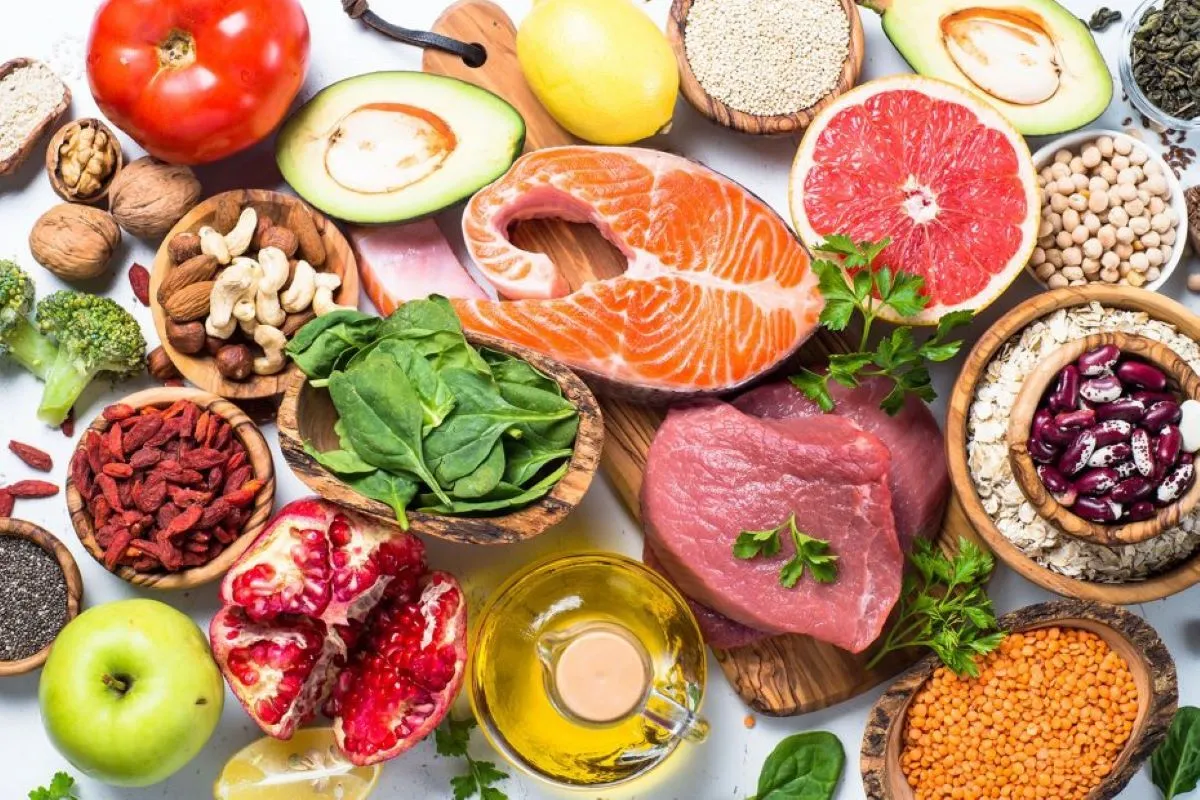
Collagen is a protein of animal origin, obtained from the skin, cartilage, tendons of birds, pigs and cattle. Therefore, protein foods, such as the meat of these animals, are one of the main sources of collagen. In addition, they also provide fundamental amino acids for the constitution of this protein in the body.
So, if the aim is to meet the need for collagen through food, your diet cannot miss foods such as: red and white meat, eggs, fish, cheese, low-fat yogurt, almonds, oats, walnuts, chestnuts. As well as citrus and red fruits, spinach, broccoli, beetroot, beans and mocotó jelly, foods that contribute to the production of collagen by the body itself.
However, to better absorb the proteins in these foods, it is very important to pay attention to the preparation method, to prevent the substances from being lost in the process. So, to avoid this, the ideal is to steam food and not store it for a long time.
Main myths

Because it is something that is very popular, collagen also suffers from some wrong assumptions, which end up being passed off as true. So let’s look at the main myths about collagen.
Collagen makes you fat
A big lie, since protein does not have enough calories to result in weight gain.
Collagen eliminates stretch marks and sagging
More a myth. The explanation comes from the fact that consuming this protein helps prevent cellulite, stretch marks and sagging. However, despite helping to improve appearance, collagen alone is not capable of solving existing problems.
Gelatin contains a lot of collagen
Another common myth about collagen. Gelatin contains collagen, in small quantities, due to it being an industrialized product. For this reason, it cannot be considered a rich source of collagen.
Everyone needs supplements
Not even. If the body has sufficient levels of collagen, supplementation is not necessary, much less recommended. Despite having no contraindications, as it is a protein present in the body, excess collagen is not good for you, as when eliminated in the urine it can overload the kidneys.
Therefore, before you start taking collagen supplements or any other protein, I recommend that you look for a professional who specializes in nutrition. Only he can recommend or guide supplementation, and the necessary levels to be replaced.
Anyway, what did you think of this article? In fact, take the opportunity to also check out Lift Age: how to alleviate the signs of aging with just one product.
Sources: Liviero Growth My Life Liviero
Images: Mon Liviero Biology Net Vix Life Health Unesporte Central Nutrition Speaks Universities Nutri Blue Manis at Dawn

Sign up for our newsletter and stay up to date with exclusive news
that can transform your routine!
Warning: Undefined array key "title" in /home/storelat/public_html/wp-content/plugins/link-whisper-premium/templates/frontend/related-posts.php on line 12
Warning: Undefined array key "title_tag" in /home/storelat/public_html/wp-content/plugins/link-whisper-premium/templates/frontend/related-posts.php on line 13

